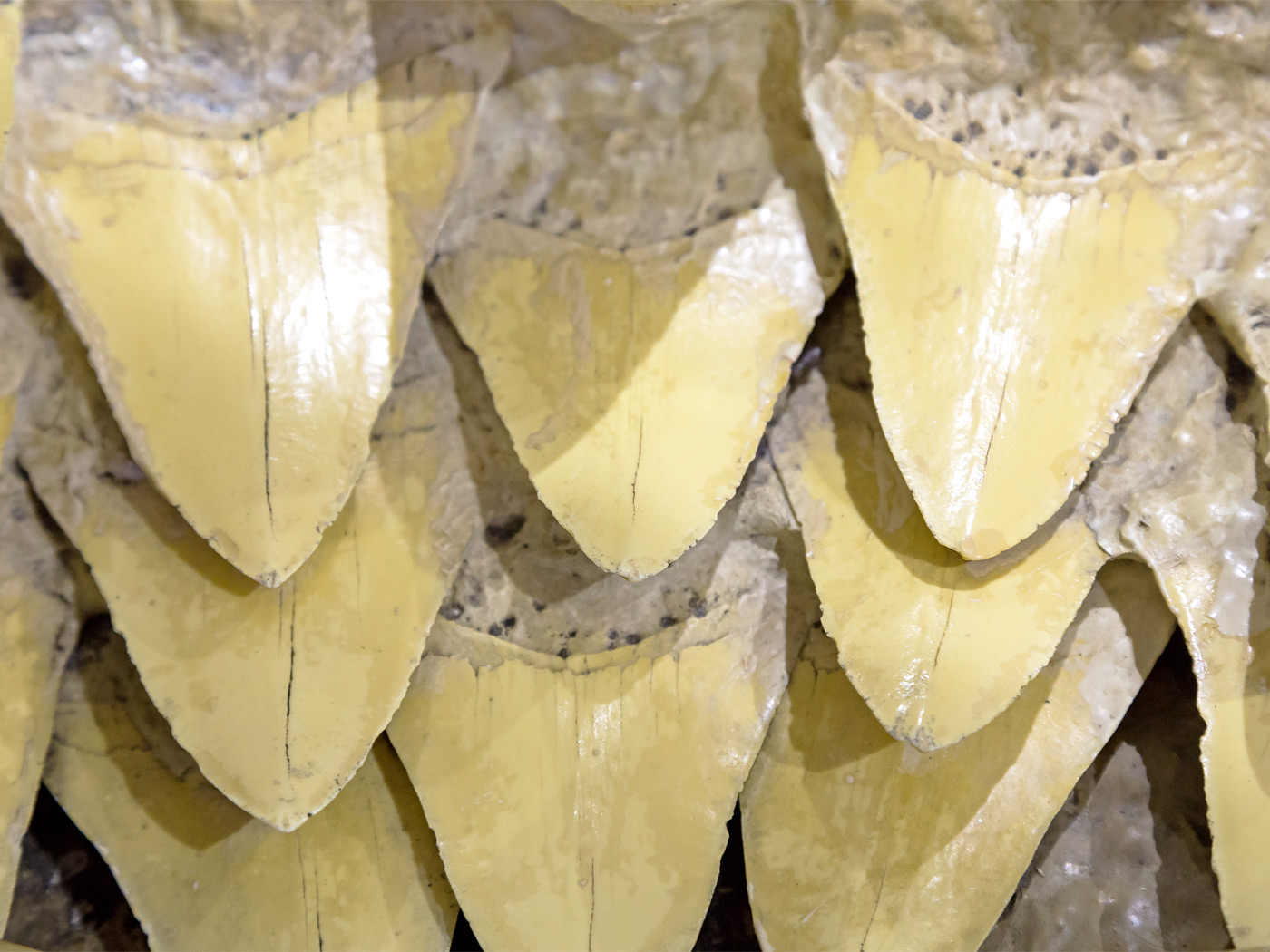Some scientists recently reported that they could allegedly see bird embryos passing through a dinosaur stage, which they interpreted as evidence of evolution.
All baby birds have a moment prior to hatching when their hip bone is a tiny replica of a dinosaur's pelvis. That's one of the findings in a new, Yale-led study in the journal Nature that explores the evolutionary underpinnings of the avian hip bone. It is also a modern-day nod to the dramatic transformation that led from dinosaurs to birds over tens of millions of years.1
But such a strange transformation is in the eye of the beholder. Visual interpretation can be subjective—based on an individual’s worldview. Evolutionary researchers are convinced that birds are dinosaurs. Therefore, it’s hardly surprising that they are also convinced that bird embryos progress through a stage of dinosaur hip development.
If this progression sounds familiar to some, it’s because it harkens back to a failed theory that was used by evolutionists for decades called the biogenetic law or embryological parallelism. German zoologist Ernst Haeckel (1834-1919) popularized this idea of a vertebrate embryo going through supposed evolutionary stages with the infamous phrase “ontogeny recapitulates phylogeny." In other words: The development of an individual repeats its evolutionary descent. For example, evolutionists state that folds in the neck (pharyngeal pouches) of the human embryo correspond to the gills in our fishlike ancestors! However, according to two developmental biologists,
The first pair of pharyngeal pouches become the auditory cavities of the middle ear and the associated eustachian tubes. The second pair of pouches gives rise to the walls of the tonsils. The thymus is derived from the third pair of pharyngeal pouches….2
Haeckel’s idea of recapitulation has not survived.3 More recently, five evolutionists gave their evaluation of the biogenetic law.
Haeckel based his biogenetic law on the flawed premise that evolutionary change occurs primarily by successively adding new features onto the end of an unaltered ancestral ontogeny while condensing the ancestral ontogeny into earlier developmental stages. This notion was based on Lamarck’s concept of the inheritance of acquired characteristics.4
"It was unexpected to find these initial stages of bird development look so much like the hips of an early dinosaur,"1 said Christopher Griffin, a postdoctoral associate and lead author of the study. But perhaps their interpretation is wrong. It would be interesting to hear what evolutionists who doubt dinosaur-bird evolution think of this study.
The University of California Museum of Paleontology stated, “Embryos do reflect the course of evolution, but that course is far more intricate and quirky than Haeckel claimed. Different parts of the same embryo can even evolve in different directions.”5 If this is true, then another layer of doubt can be added to the idea that all bird embryos transition through an alleged dinosaur stage.
God created birds as birds on Day 5 and dinosaurs as dinosaurs on Day 6 of the creation week about six thousand years ago.
References
1. Shelton, J. The developing bird pelvis passes through ancestral dinosaurian conditions. PhysOrg. Posted on phys.org. August 5, 2022, accessed September 6, 2022.
2. Barresi, M. and S. Gilbert. 2020. Developmental Biology, 12th ed. Sunderland, MA: Sinauer Associates, Inc., 609.
3. Lovtrup, S. 1978. On von Baerian and Haeckelian recapitulation. Systematic Zoology. 27:348-52.
4. Hickman, et al. 2020. Integrated Principles of Zoology. McGraw Hill, 116.
5. Early Evolution and Development: Ernst Haeckel. Evolution 101, University of California Museum of Paleontology. Understanding Evolution. Posted on Berkeley.edu December 22, 2012, accessed September 6, 2022.
Dr. Sherwin is Research Scientist at the Institute for Creation Research. He earned an M.A. in invertebrate zoology from the University of Northern Colorado and received an Honorary Doctorate of Science from Pensacola Christian College.





















